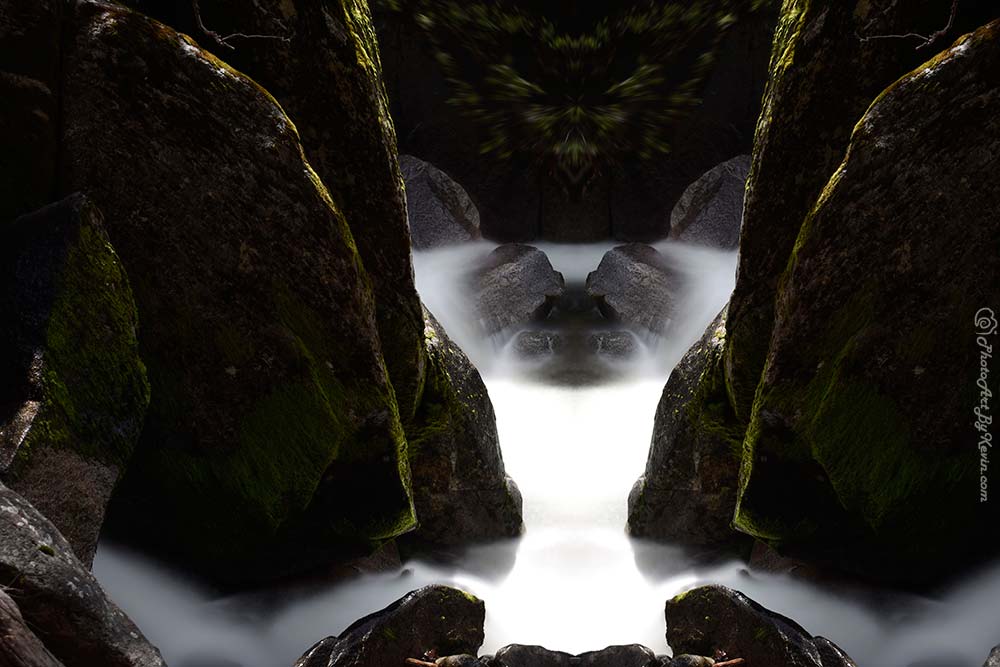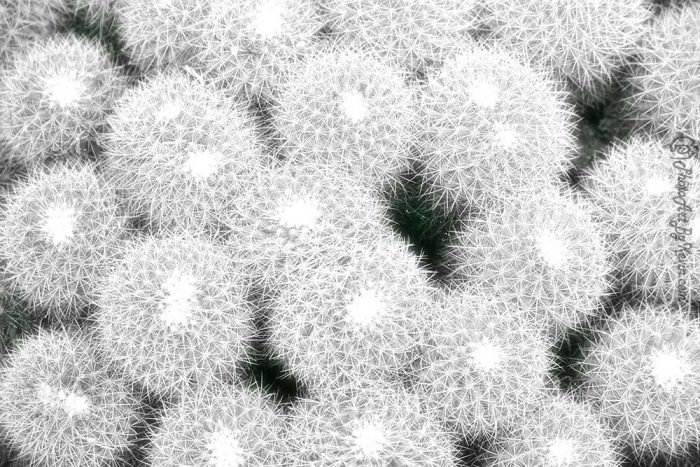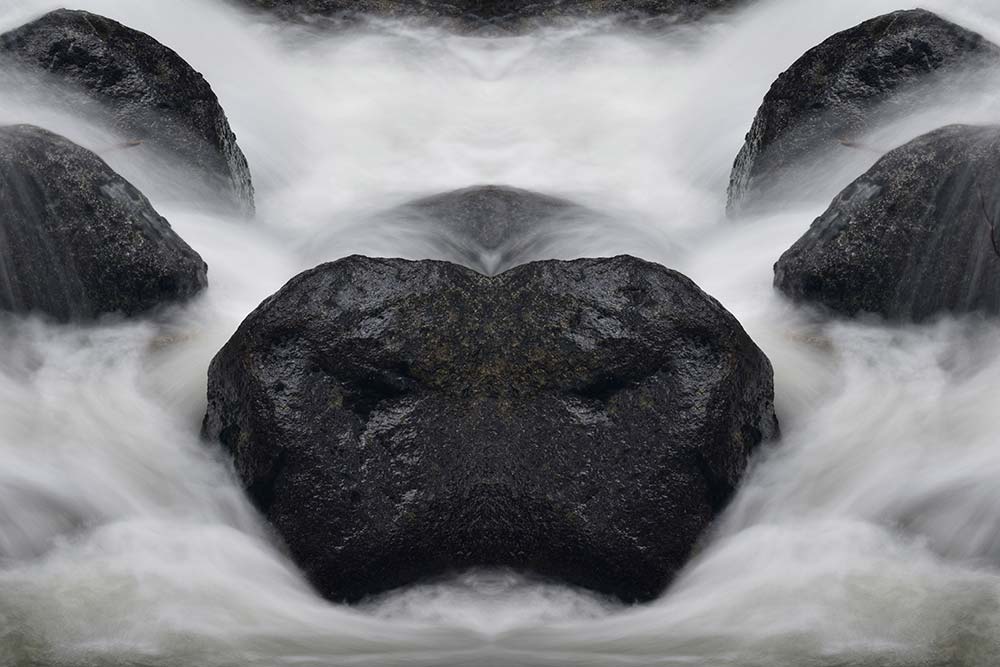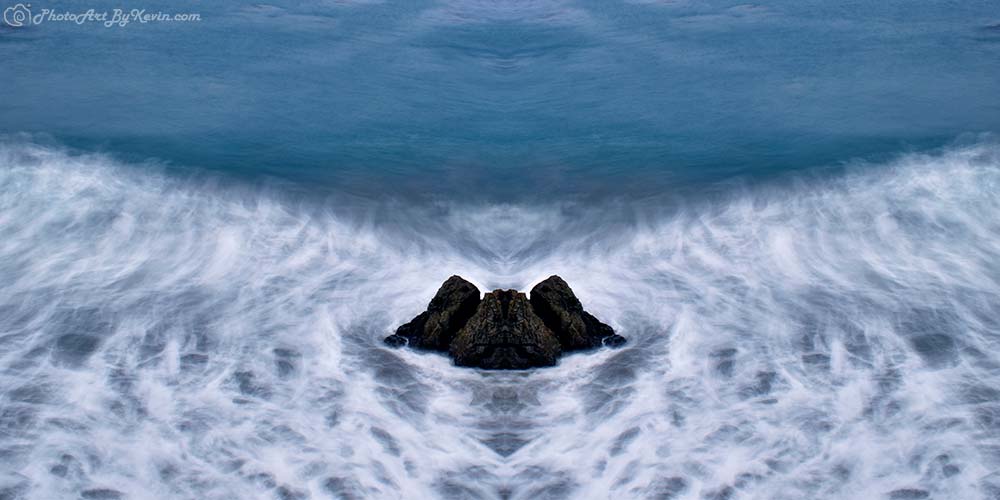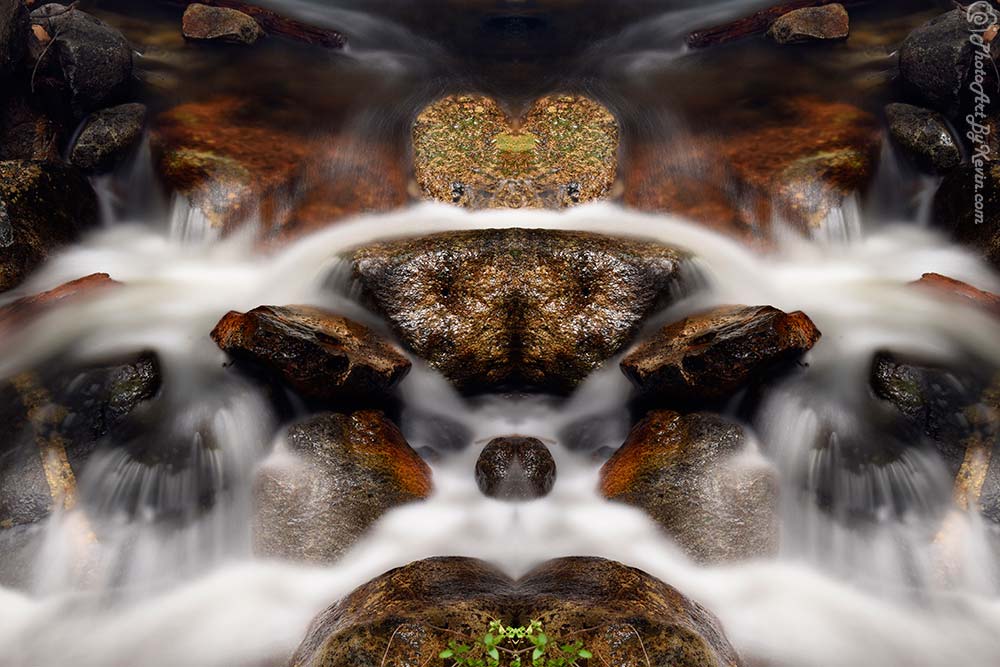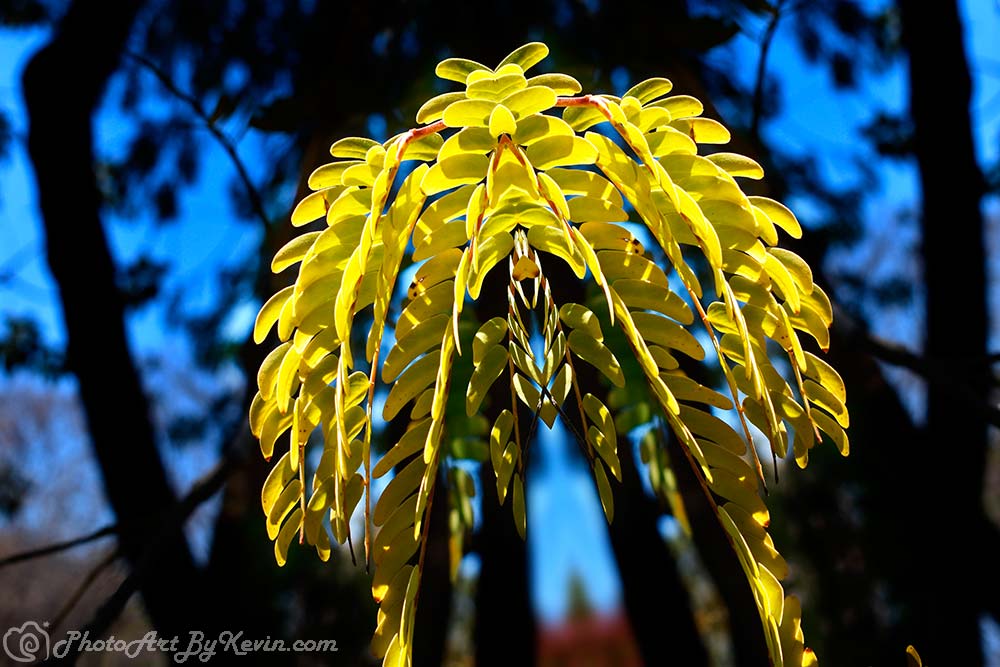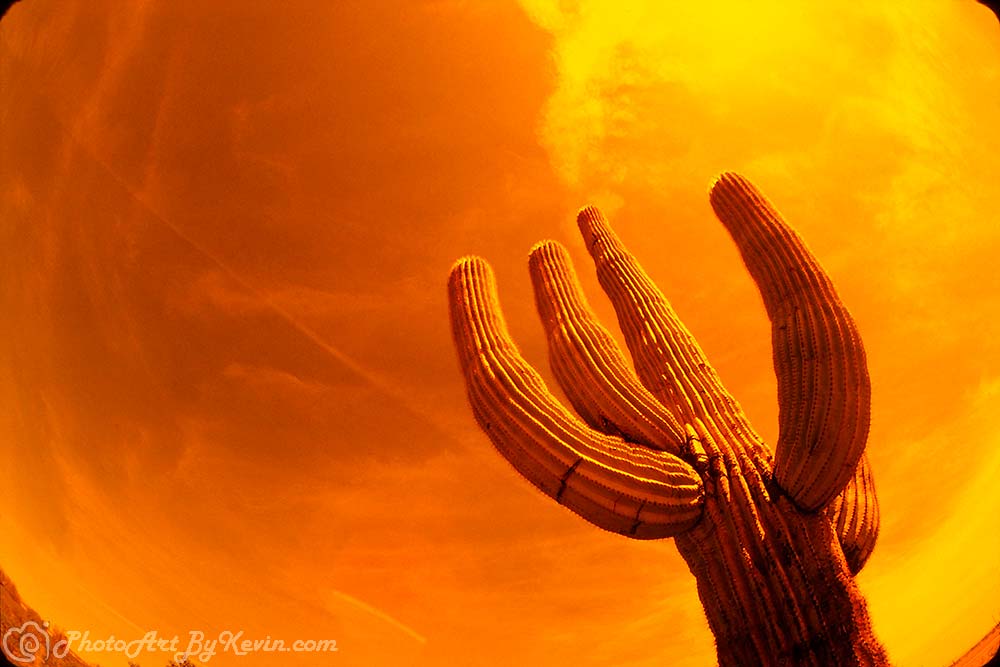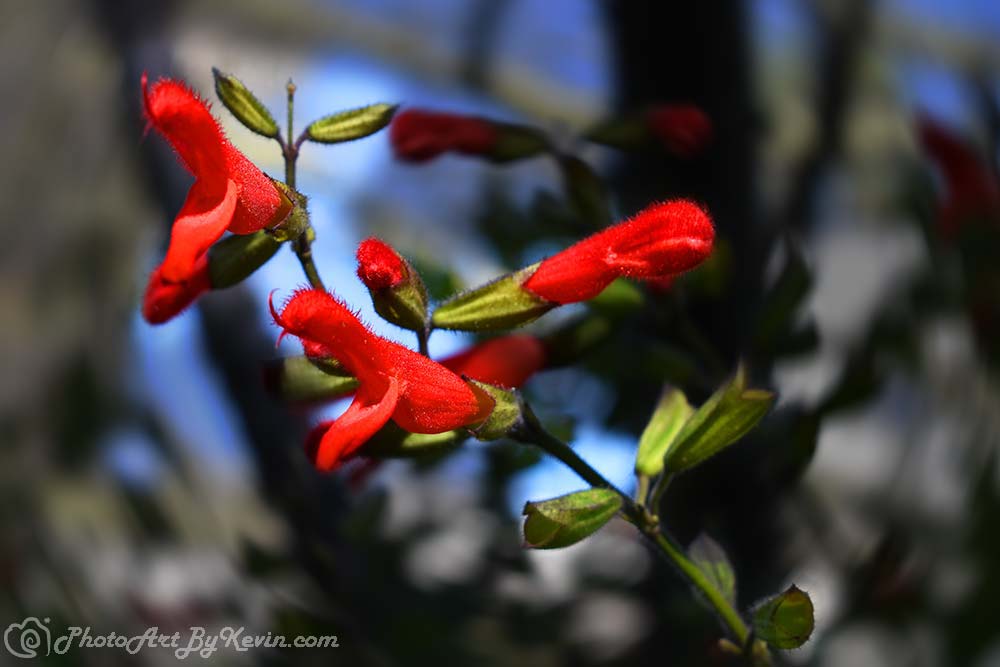
While it might seem like a rule-free environment, photography has some rules to follow for better quality work. One of the rules to learn when it comes to taking quality photos is the Rule of Thirds. This is an interesting concept of which many photographers might not be aware. The Rule of Thirds is the concept of dividing up your photographic image. You do this by placing two imaginary horizontal lines and two imaginary vertical lines across the image.
By doing this, you can then put key elements of the photo of the scene into each of these ‘boxes’ being created. This “gridded” kind of art allows for you to create a much more authentic composition. Off-center photographic compositions might seem counter-intuitive, but they can be more eye-catching than many people realize.
Trying to always frame your focal point right smack bang in the middle of an image is not always possible, either. It tends to look more natural, less forced, if you manage to make the image sit away from the center. Middle-framed imagery with an obvious central focal point is, dare we say it, how most snapshots are made.
That’s why the Rule of Thirds is so useful to anyone looking to make less mechanical photography. It will also give you some good ideas about utilizing negative space, which can be used to help make your images look far more interesting and unique.
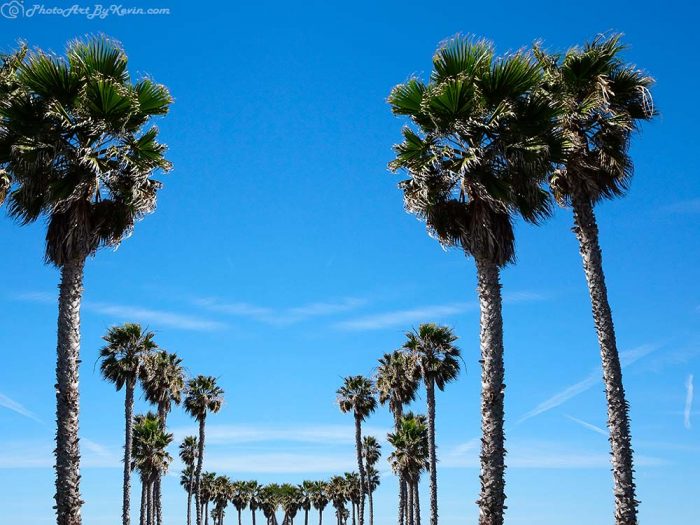
Using the Rule of Thirds
To use this to your advantage, you need to first understand what it is that you are doing with the image in the first place. when you are framing the photo using the grid lines we suggested and taking the time to evaluate the photo. What elements of the photo are likely to be the most important in terms of design? Of theme? Of the kind of message that you wish to send out and portray here?
If you can get that right then you are almost certain to be left with a top quality image you can enjoy looking over time and time again.
Your grid lines don’t have to be identically lined up either. Some photos won’t be so easily sliced up into the 9 sections. Instead, try and look to make sure that your photo elements which are most important are near the lines and intersections. While it’s not always possible, it’s a decent general rule.
This might mean moving around and taking photos again to try and get the best composition when you use the Rule of Thirds on them. This is going to help you turn many photos into more effective images than it was before, though.
Some newer cameras can even put the RoT for you onto the photo itself. This helps you to get the positioning right on in terms of creating innovative, exciting, fresh photography.
Is it easy? Yes and no. Breaking old habits is not easy. But, with a bit of planning, though, you can use the Rule of Thirds to really change up how your photographs come out. Experiment with it – you will be pleased at just how useful this can be.

